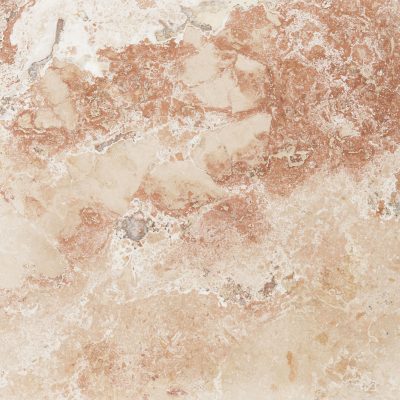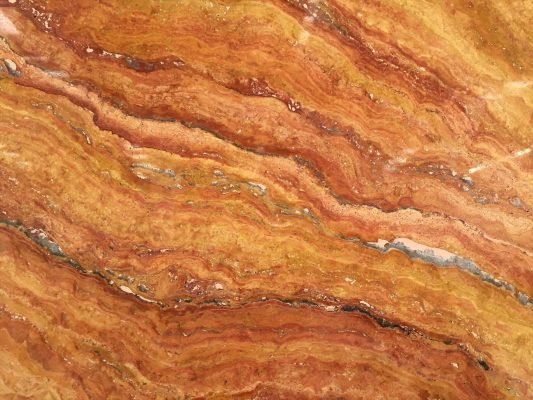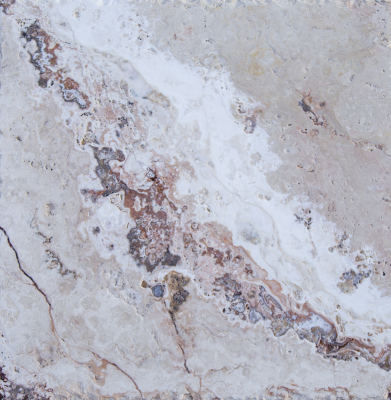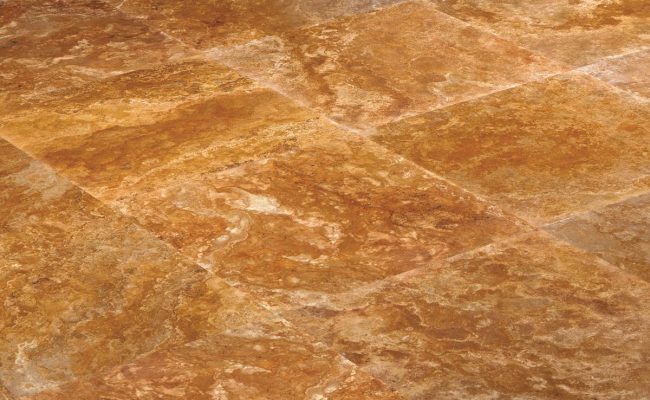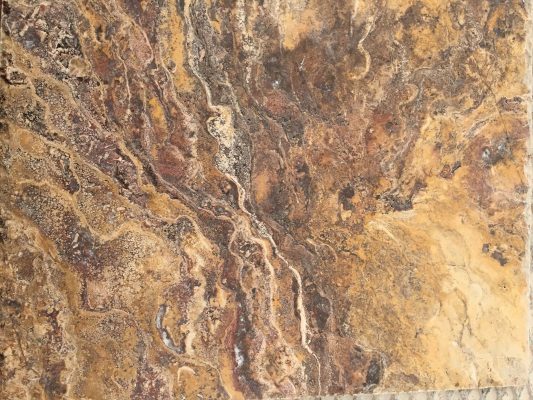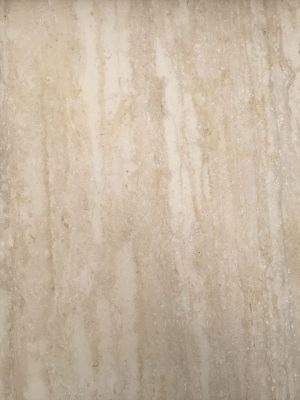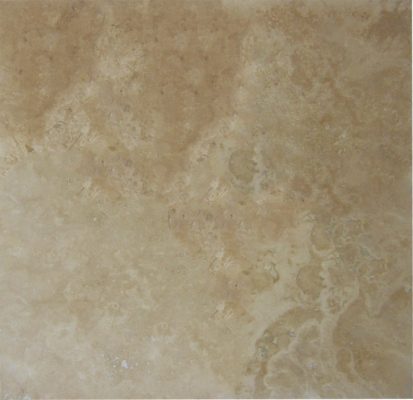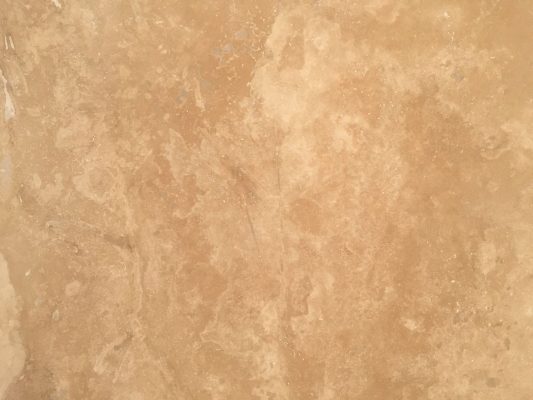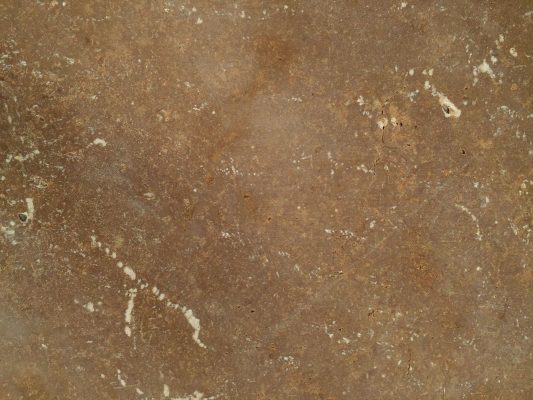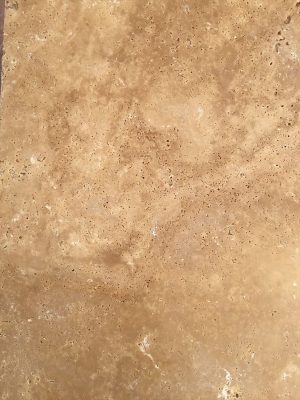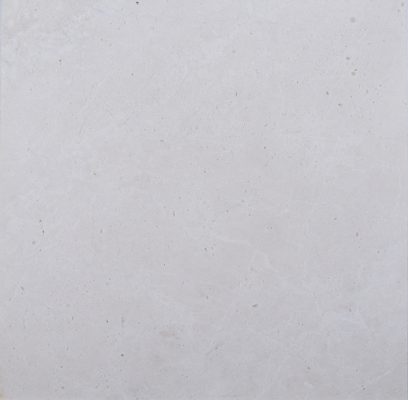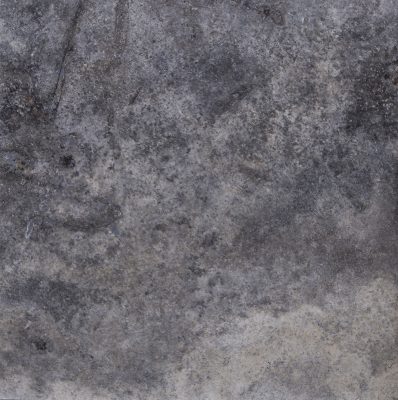Travertine
Imagine a perfect outdoor space for family barbecues, evening dinners, lively open-air parties, and all the joys of summer. Or perhaps a private exterior area just for yourself. When it comes to one of the most frequently asked questions—“Which material should I use for outdoor cladding?”—our answer is clear: Travertine.
ChatGPT: By choosing these products, you can create an inviting and sophisticated atmosphere with luxurious hard surfaces. You, too, can take part in this valuable element that forms the foundation of your interior and landscape design vision. From patio furniture and paint colors to structural elements, outdoor kitchens, poolside views, and every aspect of open-air living—travertine is a natural stone you'll frequently encounter on flooring and countertop surfaces.
Allow us to leave our mark on your interiors, exteriors, projects—even your lifestyle values. Choose the Hurok Marble brand.
For detailed information and support, please contact us. .
What is Travertine?
Travertine is an important building material widely used today. It is extracted from stone quarries in the form of large blocks, which are then processed and cut to size in factories.
If you're wondering what travertine is: underground waters rich in dissolved carbon dioxide carry calcium carbonate as they flow through the earth. When these waters suddenly emerge into a low-pressure environment, the carbon dioxide escapes, causing the dissolved calcium carbonate to precipitate. This calcium carbonate then adheres to rocks in thin layers. Over time, these layers accumulate to form a soft, cushion-like texture. These naturally formed layers are what we call travertine.
Travertine Quarries
This special stone, extracted from travertine quarries, is one of the most decorative textures that has been widely used from past to present as a key building material for both interior and exterior spaces. Its warm coffee tones, naturally porous and veined surface, and elegant appearance create strong visual appeal.
Travertine’s most common areas of use include:
- Garden pathways and flooring
- Poolside surrounds (thanks to its textured, non-slip surface)
- Bathrooms and kitchens
- Other wet areas, where both aesthetics and practicality are essential
There is a common misconception about travertine—that its porous and soft texture means it is delicate and fragile. In reality, travertine is one of the most durable natural stones. Its soft and refined texture is actually a different expression of its strength. You, too, can benefit from the rich design variety of travertine options offered in Marble’s product range for all your architectural needs. Formed by layers of calcium carbonate, travertine stones allow you to create highly effective visual impressions in your spaces thanks to the depth of the layers they naturally contain.
Since different cutting styles are used in processing, travertine can be obtained in a wide variety of unique and extraordinary appearances. In fact, the presence of holes in some travertines and the long veined patterns in others are results of these various cutting techniques.
However, this variation also depends greatly on the level of professionalism involved in processing the travertine. For example, vertical cuts reveal the natural flow lines in the stone, resulting in what's known as vein cut or Turkish cut styles. This wood-like appearance allows you to create highly durable textures that resemble wood in both interior and exterior spaces. In contrast, when the cutting is done against the direction of the flow lines, a different visual effect is achieved. Since the flow lines disappear on the surface, the result is a more porous texture with a distinct and unique look.
This cutting style results in even more durable stones compared to the vein cut method mentioned above. The appearance obtained through this technique is that of perforated or porous travertine stone. Travertine surface holes can be filled with grout, and using silicone-based grout allows for a colored and flexible finish. When the grout is properly applied and color-matched to the stone, highly effective and visually appealing results can be achieved. Alternatively, these applications can also be carried out using a travertine slurry.
Types of Travertine
On the other hand, these special types of stone—used in kitchens either as countertops with integrated sinks or in freestanding, stainless-steel-based island formats—can create stunning visuals in your home, helping you achieve an authentic and ethnic atmosphere. Travertine marble products offer some of the most exclusive collections for your home and similar spaces.
ChatGPT: In addition to all this, decorative objects can even be designed for your walls using travertine stone. It's entirely possible to create mirrors, artwork, or frames from travertine. Such natural stone pieces can introduce ethnic and authentic textures that set your décor apart from the ordinary. With travertine, creating colorful, unique, and fantastical environments becomes remarkably easy. If you wish, you can immerse yourself in the authentic atmosphere of spaces adorned with travertine cladding and feel as though you're surrounded by nature itself.
ChatGPT: These stunning visuals, which are perfect for workplaces, office and bank entrances, plaza lobbies, or even the gardens of private homes, can create entirely unique living and working spaces for your clients, guests, and yourselves. With these natural stones—capable of delivering highly aesthetic results—you can transform any area into an artistic environment, shaped by your own designs or those of your architects. Why shouldn’t you and your loved ones enjoy the natural beauty that expert stone craftsmanship can bring to your spaces?
Thanks to color-customizable travertine marble varieties, you can even design true works of art within your spaces. Moreover, natural stones with water-absorbing properties will put your mind at ease when it comes to concerns like rain, floods, or snow. For this reason, natural stone can be confidently used both indoors and outdoors. These stones require little to no maintenance for years, making them a lifelong investment for all your environments—just be sure to keep them away from harsh chemicals.
As you can see, a simple piece of rock can be masterfully transformed into stunning designs when processed in specialized factory environments by skilled hands. In this way, decorative natural stone elements—such as travertine sinks and bathroom features—can help create flawless living spaces. Thanks to its rich reserves of travertine, Turkey offers significant opportunities in this field. In particular, provinces like Afyon stand out as major centers for processing travertine into high-quality decorative elements.
Marble Flooring
Travertine stones, which are also used as marble flooring, have long been a preferred choice for floor coverings due to their durability and ability to maintain their integrity over many years.


